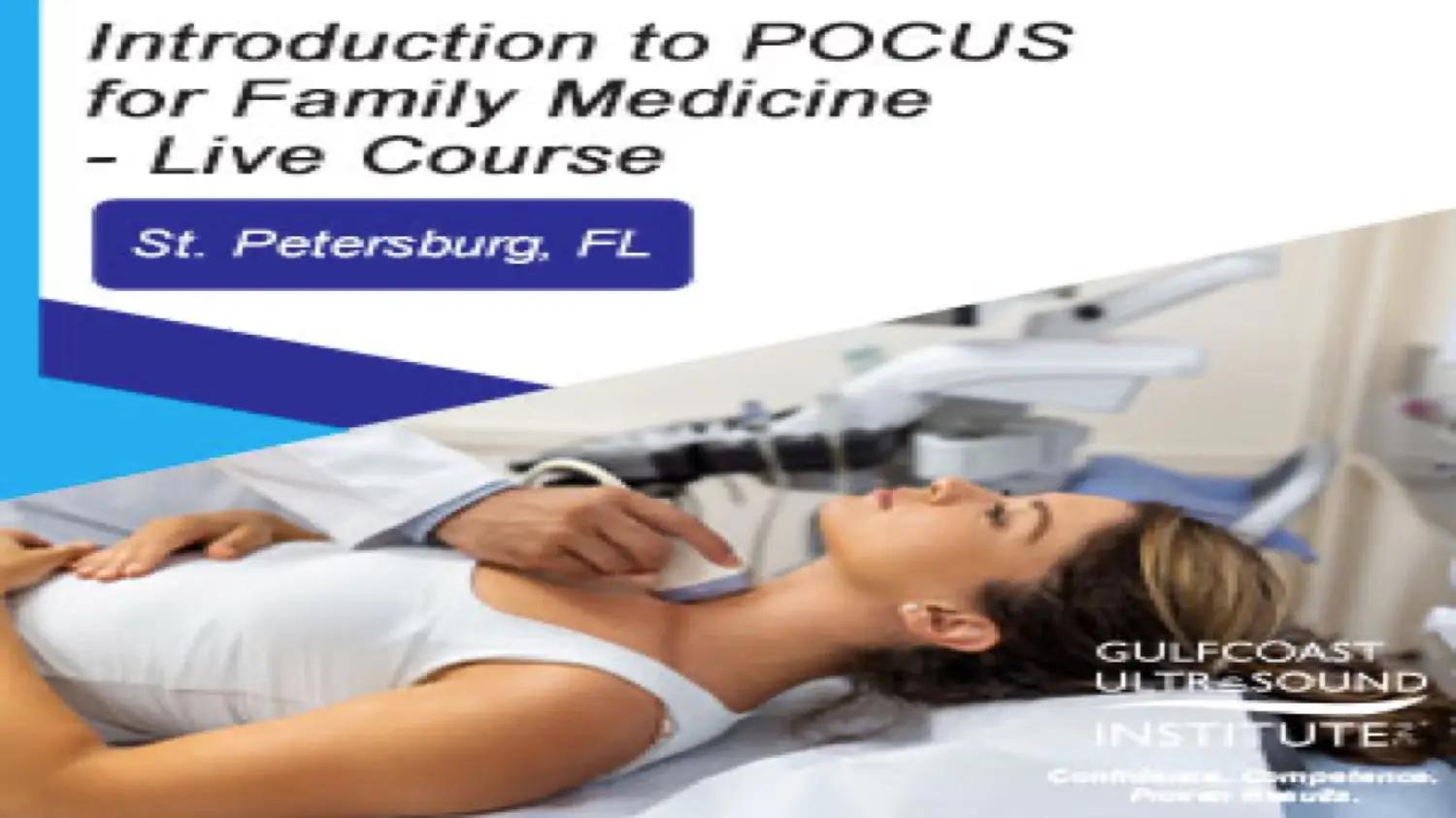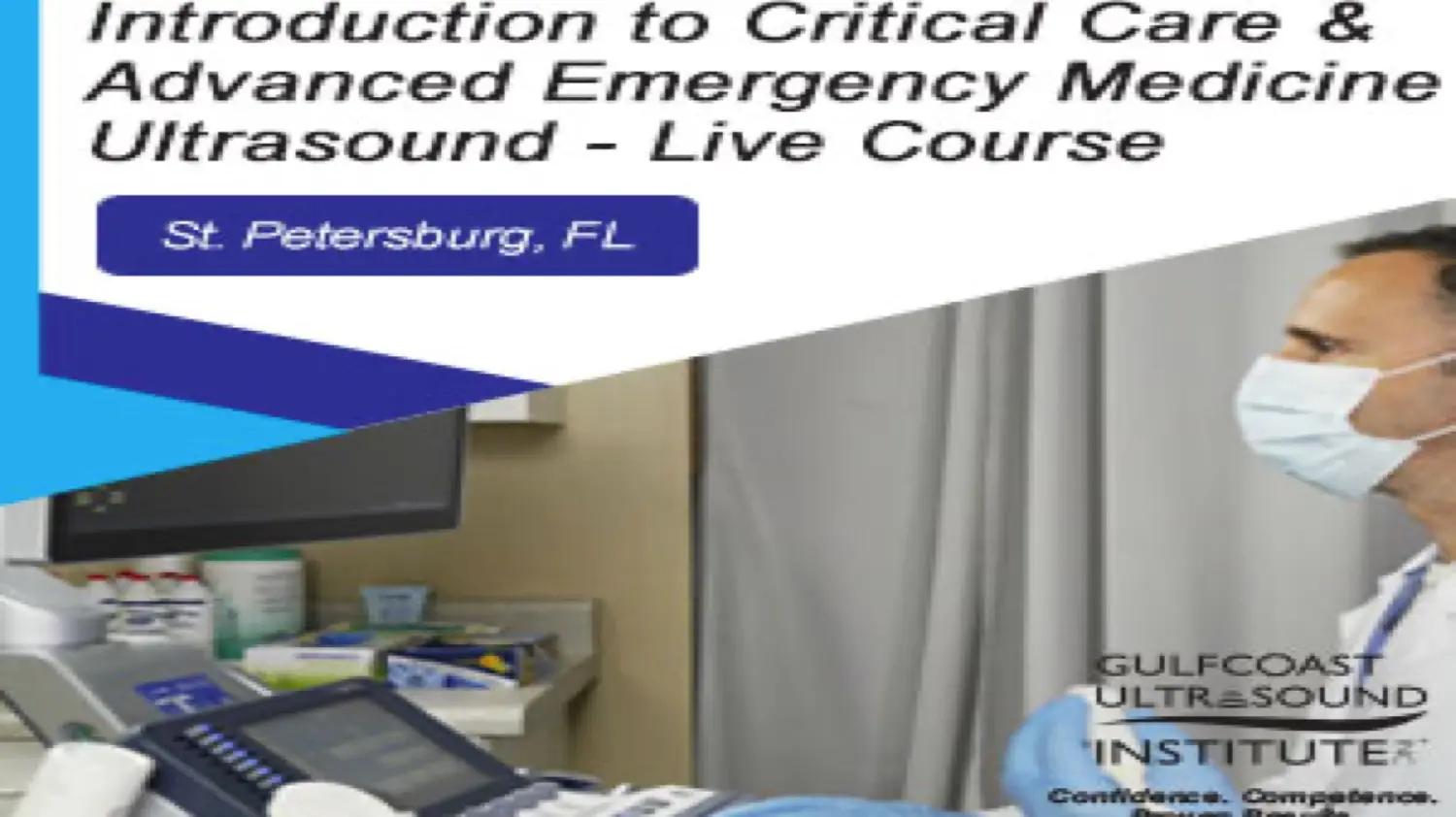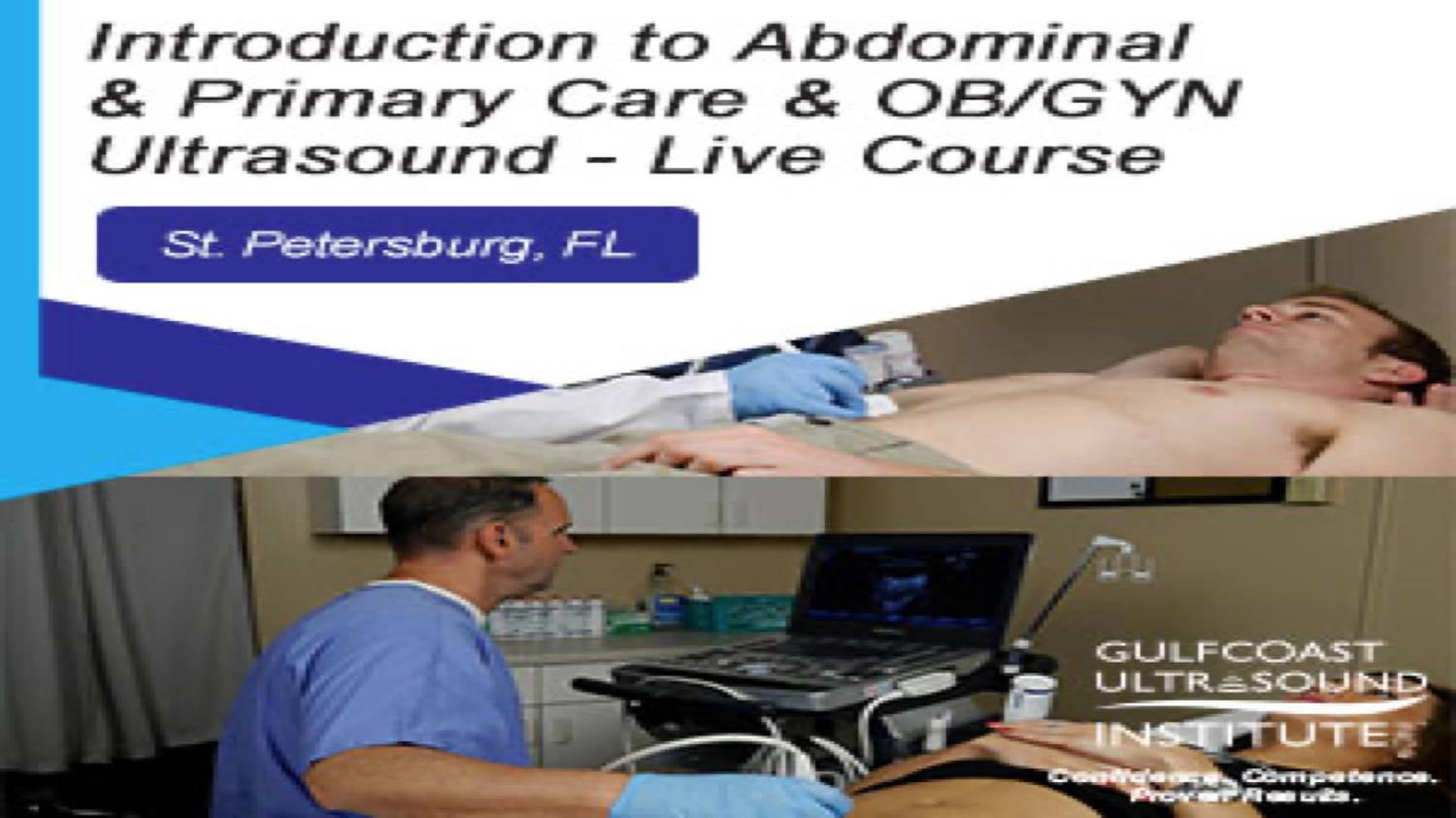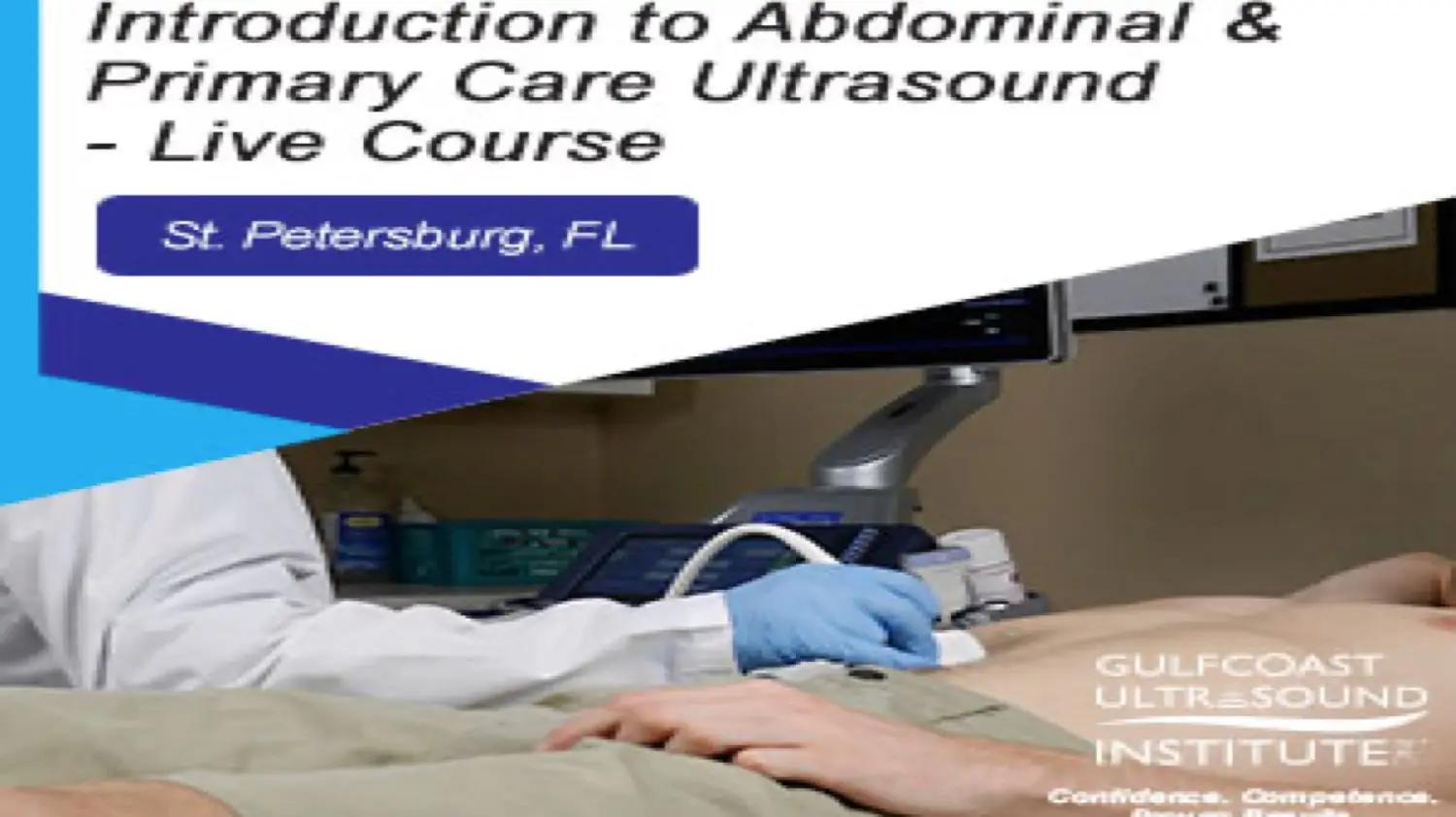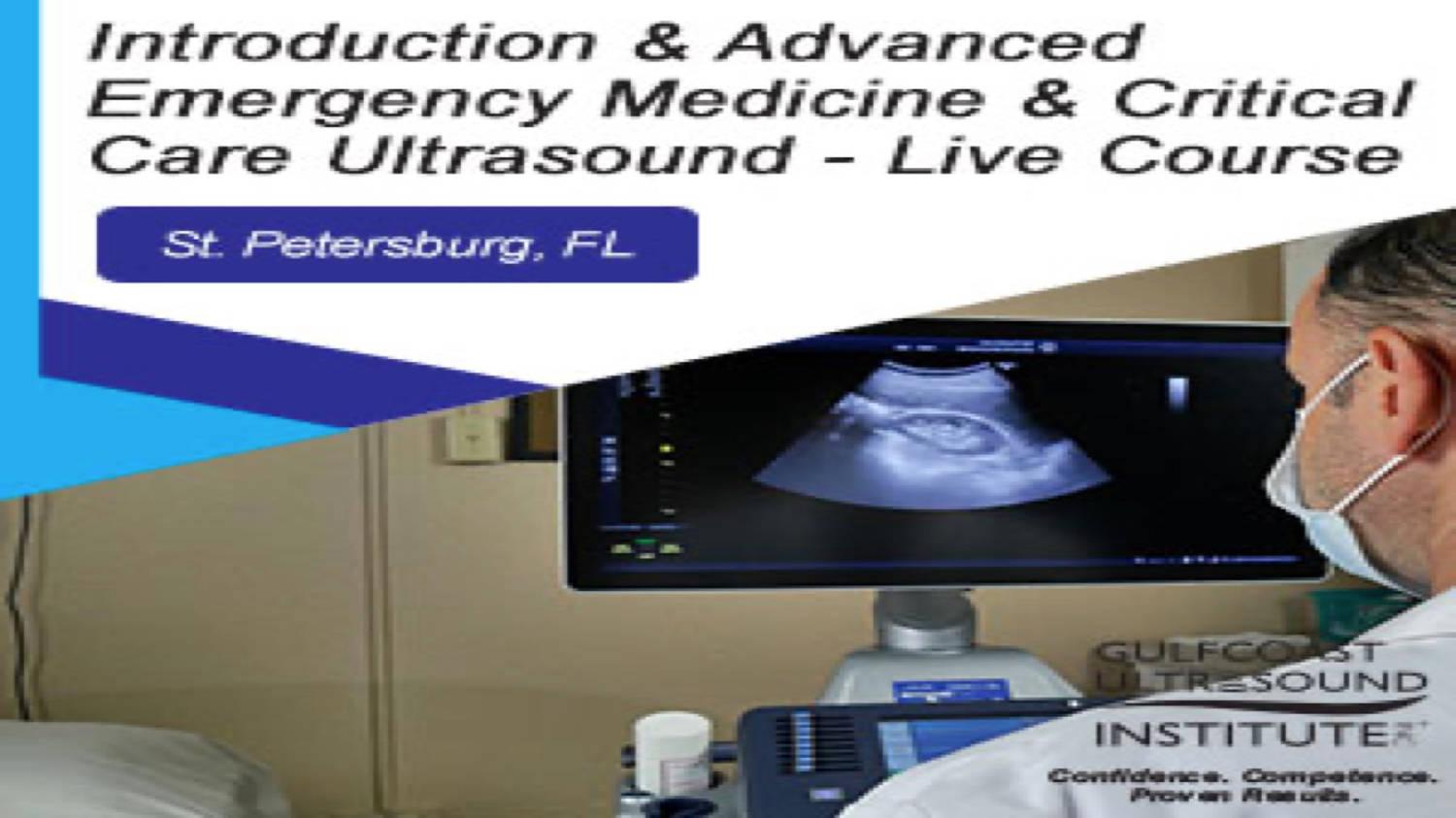
Comprehensive CME Courses Bundle for Emergency Medicine and Pediatric Emergency Medicine Physicians & Nurse Practitioners
 hosted byeMedEd, Inc.
hosted byeMedEd, Inc.


Online CME courses that will take your clinical skills to the next level
This inclusive course bundle is for Emergency Medicine and Pediatric Emergency Medicine Practitioners. It provides comprehensive updates and practical guidance to enhance patient care with state-of-the-art practices. Completing this course bundle allows you to fulfill the Continuing Medical Education (CME) credits necessary for renewing your state medical board license.
This course bundle also includes a comprehensive Ultrasound series covering the basics of Ultrasound, Ultrasound of Lungs & Pleura, Abdominal Ultrasound, Cardiac Ultrasound, and Deep Vein Thrombosis Ultrasound. This Ultrasound series will help Emergency medicine practitioners with a comprehensive understanding of ultrasound techniques and their applications in diagnosis and treatment.
Note : You can complete the courses within one year of your purchase or before the expiration of your license, allowing you to learn at your convenience and pace.
Hypertensive Emergencies - 1.00 Credit
- Describe hypertensive urgency and emergency
- Review potential causes of acute hypertension
- Discuss treatment options
Pediatric Airway Management - 1.00 Credit
- Describe differences in pediatric versus adult airway
- Review how these differences affect care
- Discuss different treatment options
Respiratory Distress in Children - 1.00 Credit
- Describe age differences in pediatric respiratory distress
- Review how younger children can quickly deteriorate
- Discuss treatment options
Pediatric Sepsis and Shock - 1.00 Credit
- Describe Systemic Inflammatory Response (SIRS) syndrome, Sepsis & Septic Shock
- Review differences in pediatric versus adult presentation
- Discuss treatment options
Pediatric Headaches - 1.00 Credit
- Describe typical presentations of headache in children
- Review how to differentiate acute etiologies from benign etiologies
- Discuss obtaining proper headache history and treatment options
Introduction to Ultrasound - 2.00 Credits
- Describe clinical application of ultrasound (US).
- Select an appropriate transducer and correctly orient it for a given Point-Of-Care Ultrasound (POCUS).
- Describe in basic terms how a two-dimensional image is generated from an ultrasound transducer.
- Describe hands-on techniques for directing the transducer beam, acquiring adequate ultrasound images, and optimizing machine image settings.
- List multiple ultrasound artifacts and their clinical significance
Ultrasound of Lung and Pleura - 2.00 Credits
- Describe the normal anatomy of the lung and pleura as it relates to image acquisition.
- Identify the appropriate transducer, handling, and Ultrasound setting for best image acquisition.
- Identify normal Ultrasound artifacts and what they mean including A-lines, curtain, and lung sliding.
- Describe the diagnostic exam, specifically the three-zone lung.
- Describe B-lines and their use as a diagnostic tool.
- Describe US findings of pleural effusion including the names of the special artifacts.
Deep Venous Thrombosis Ultrasound - 1.00 Credit
- Describe the normal anatomy of the lower extremity deep venous system.
- Identify the appropriate transducer, handling, and Ultrasound setting for best image acquisition.
- Interpret the different images of the venous system at different planes along the leg.
Cardiac Ultrasound - 2.00 Credits
- Describe the four standard cardiac imaging planes in addition to the different views available.
- Identify the appropriate transducer, handling, and US setting for best image acquisition.
- Identify surrogates for left ventricular global function.
- Identify the appropriate views to assess left ventricular function.
- Describe the appearance of the inferior vena cava on ultrasound.
- Explain how to use the inferior vena cava on ultrasound clinically.
- Describe the appearance of pericardial effusion and tamponade ultrasound.
Abdomen Ultrasound - 2.00 Credits
- Identify the normal anatomy of the free peritoneal fluid, aorta kidneys, pelvis and gallbladder.
- Identify different transducers used in the US along with proper orientation and movement of the transducers to obtain high quality images of the abdominal content.
- Describe the Right Upper Quadrant window and how to appropriately access it.
- Describe the Left Upper Quadrant window and how to appropriately access it.
- Describe abnormal findings in the kidney, pelvis, aorta and gallbladder.
- Describe the clinical use of paracentesis and how this is aided by the Ultrasound.
Emergency Medicine & Trauma – Webcast - 4.00 Credits
- Recognise the importance of early rib fracture management in ED.
- Use of scoring system to predict morbidity and novel techniques to improve pain.
Trauma care & Emergency
- How to manage the Trauma in Emergency with the goal of improving the quality of care Within the first most critical hour for patients and healthcare workers.
Severe Traumatic Brain Injury (TBI)
- Signs and symptoms of Severe TBI
- Severe TBI management
Bronchiolitis: When to treat, avoiding overuse of High-flow Nasal Cannula and is albuterol effective
- Attendees should recognize those patients who will require admission and further care.
- Attendees will also gain insight into which patients may benefit from additional therapies and those who simply require observation.
- Attendees will learn to incorporate a “pause” in their delivery of additional therapies to determine what the patient truly needs.
Urogenital Emergencies
- Describe typical presentations of Urogenital Emergencies
- Review how to differentiate acute etiologies requiring immediate care from benign etiologies
- Discuss obtaining proper treatment options
Oncologic Emergencies
- Describe typical presentations of hematologic and oncologic emergencies in children
- Review how to differentiate between acute etiologies from benign etiologies
- Discuss treatment and referral options
- Identify current clinical strategies for diagnosis and treatment of oncologic emergencies in children.
Environmental Emergencies
- Recognize potential environmental exposures
- Treat and stabilize
- Observe and refer as needed
- Identify strategies for recognition and treatment of environmental emergencies
Pediatric Asthma
- Describe typical presentations of Asthma in children
- Review recent changes in pediatric asthma management
- Discuss treatment options and risk factors for sudden death
Acute Coronary Syndrome
- Definition of Acute Coronary Syndrome(ACS)
- Diagnosis of Acute Coronary Syndrome (ACS)
- Treatment of ACS
- ED Role in ACS
Standards of Care in Diabetes
- Improve patient care and promote health in populations.
- List the classification and diagnosis of Diabetes Mellitus.
- Prevent or delay type II diabetes and its comorbidities
- Do comprehensive medical evaluation and assessment of comorbidities
Congenital Heart Defects
- Review the background of CHD.
- Distinguish which CHD is ductal dependent.
- Review risk factors that increase CHD in a newborn.
- Recognize the postnatal clinical signs and symptoms.
- Discuss the diagnostic approach for CHD.
- Review initial management once CHD is identified.
Pediatric Arryhthmias
- Distinguish different arrhythmias between symptomatic and asymptomatic pediatric patients
- Recognize different appearances of arrhythmias on electrocardiogram
- Review the initial evaluation and next steps for a pediatric patient with an irregular heartbeat
- Review the pediatric advanced life support recommendations in case of emergencies



